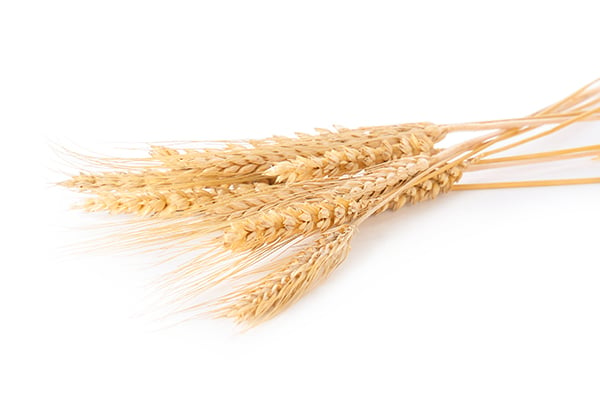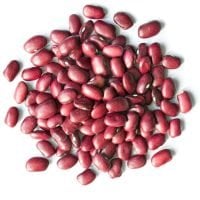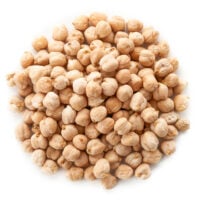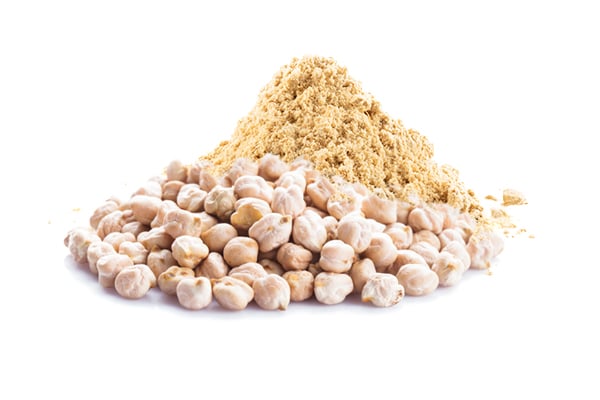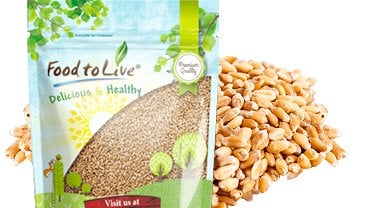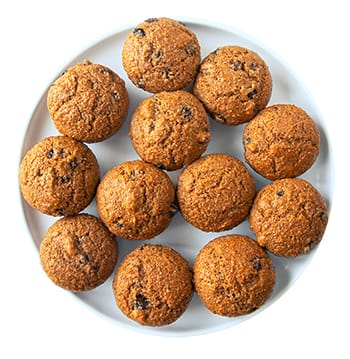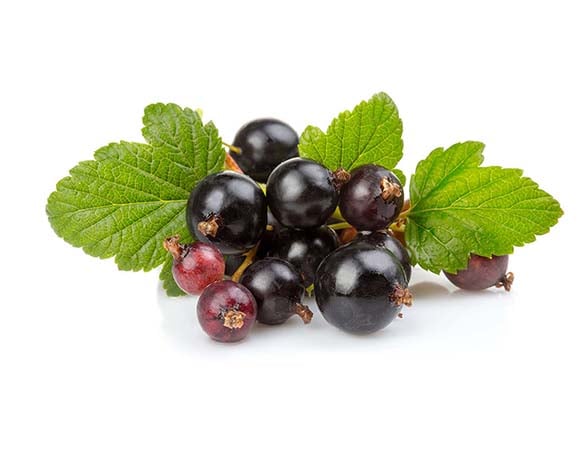August 02, 2017 · Written by Foodtolive Team
How to Make All-Purpose Flour at Home
Anyone can make all-purpose flour at home and save money as well as reduce food waste in one go. Making this staple product is easy and doesn’t require any expensive equipment. This will also give you a chance to prepare a healthy flour blend that will fit your personal diet perfectly.
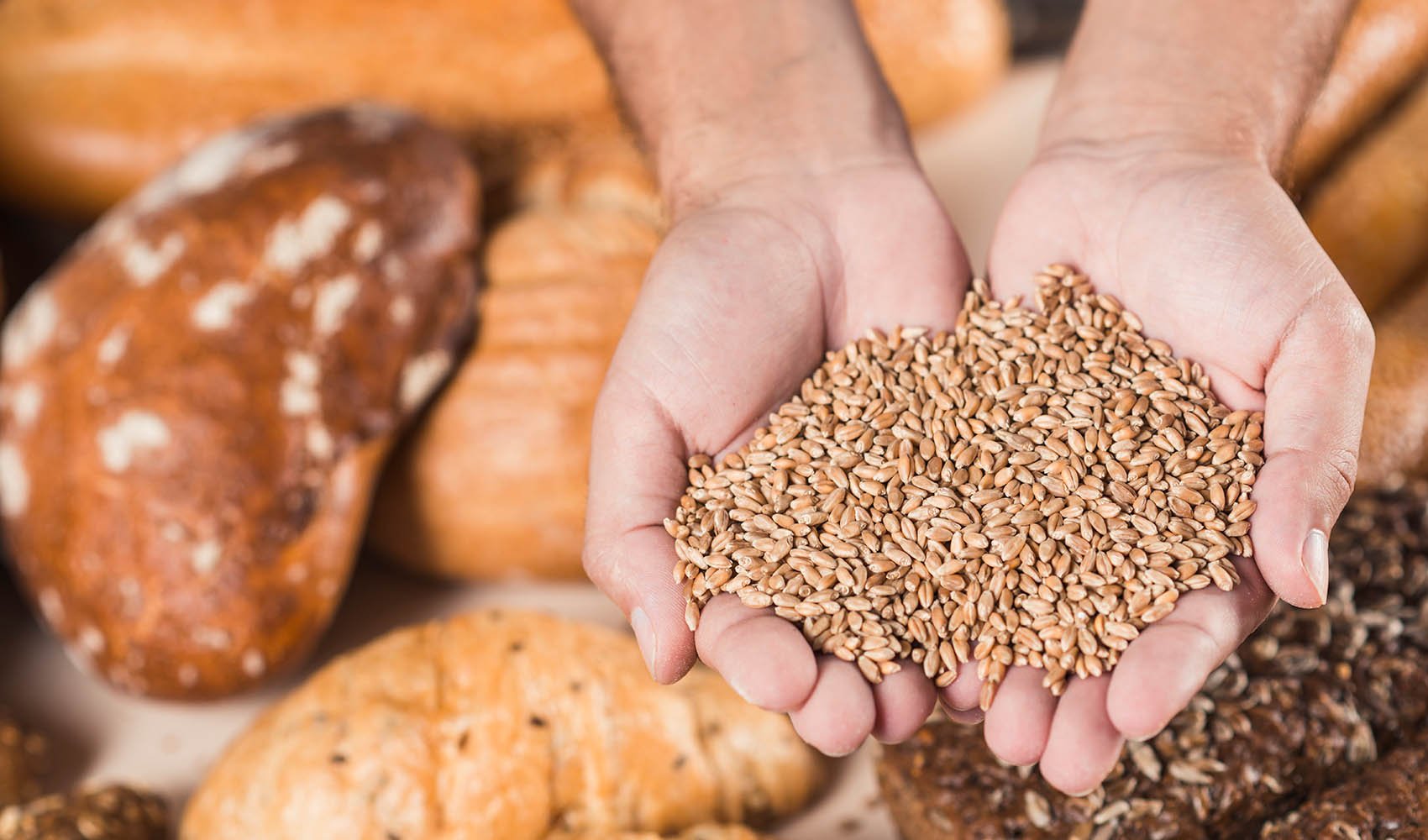
1. Make All-Purpose Flour at Home: Choose Ingredients
One of the main benefits of making all-purpose flour is that you can put any wholegrains to good use. If you buy in bulk to save money, grinding some seeds will help use up the pack before it expires. This will also save you money twice as you won’t have to buy flour.
Traditionally, all-purpose flour is made from a mix of soft and hard wheat (sans germ and endosperm). It has a medium protein content that can be used in a great number of recipes. However, if you make all-purpose flour at home, you can prepare it from any whole grain. Just keep in mind that this will affect the ‘baking properties’ of the product.
For example, flour made from oat and/or barley berries will be similar, but less starchy. Mixing it with wheat flour will help get the texture you want to have in baked goods. If you are after a soft pastry, go for the finest low-protein grain flours you can find.
The more germ and endosperm the flour has, the ‘harder’ your final product will be. This is why when you make all-purpose flour at home, you must separate them as well as possible.
If you have gluten sensitivity, you’ll have to develop an all-purpose flour blend of your own. A mixture of oat, bean, and rice flours with a bit of potato starch works great. Experiment with proportions to develop a perfect mix for any recipe.
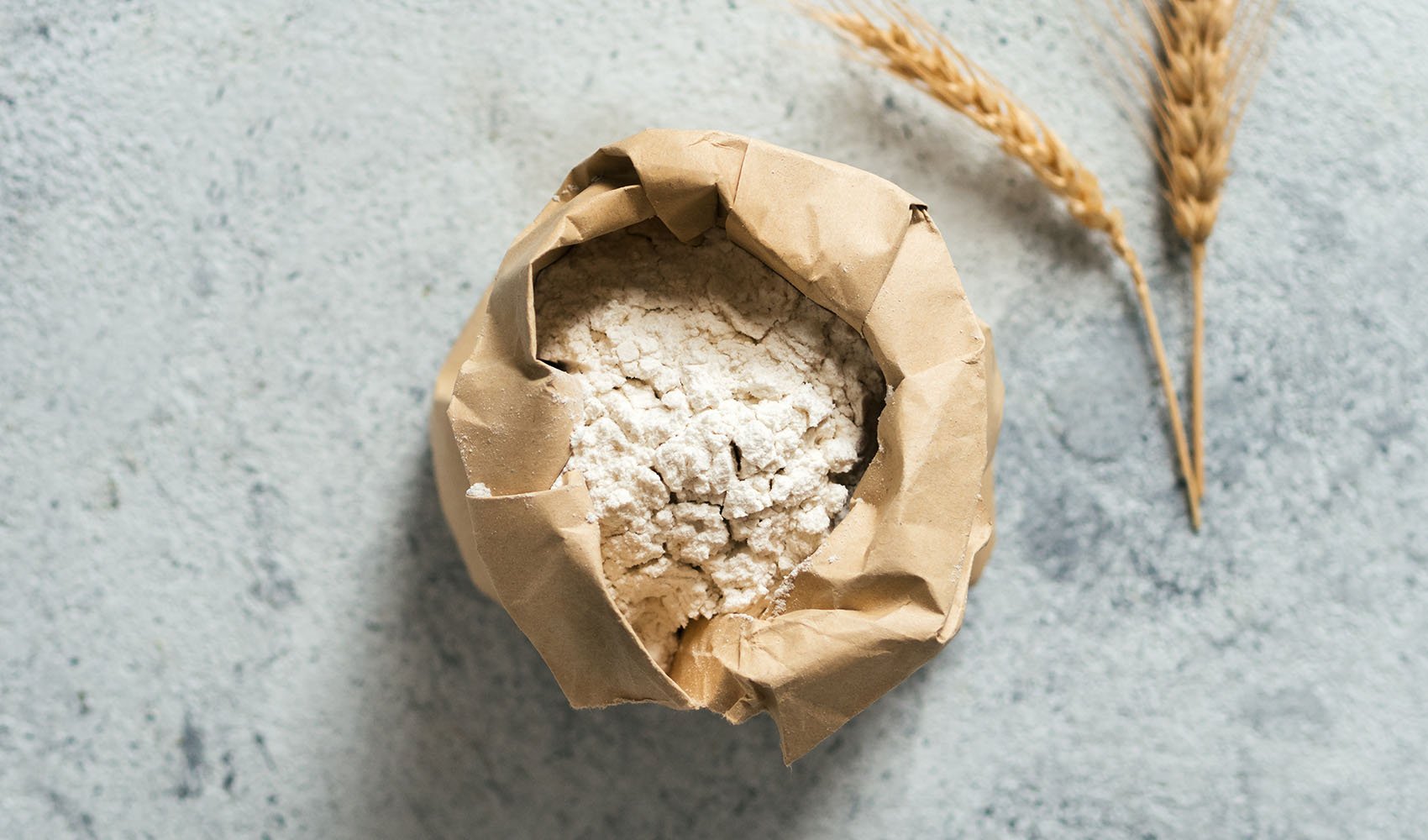
2. Make All-Purpose Flour at Home: Grind
Many people think they won’t be able to make flour at home because they don’t have an expensive special grinder. However, you can create quite decent wholegrain flour using a regular coffee grinder or food processor. This will take more time and work, but you’ll get the result you need.
No matter the equipment you use, the flour you get when using wholegrain berries will contain germ and endosperm. This means you’ll have to sift it to make it ‘all-purpose’.
Sponsored by Food to live
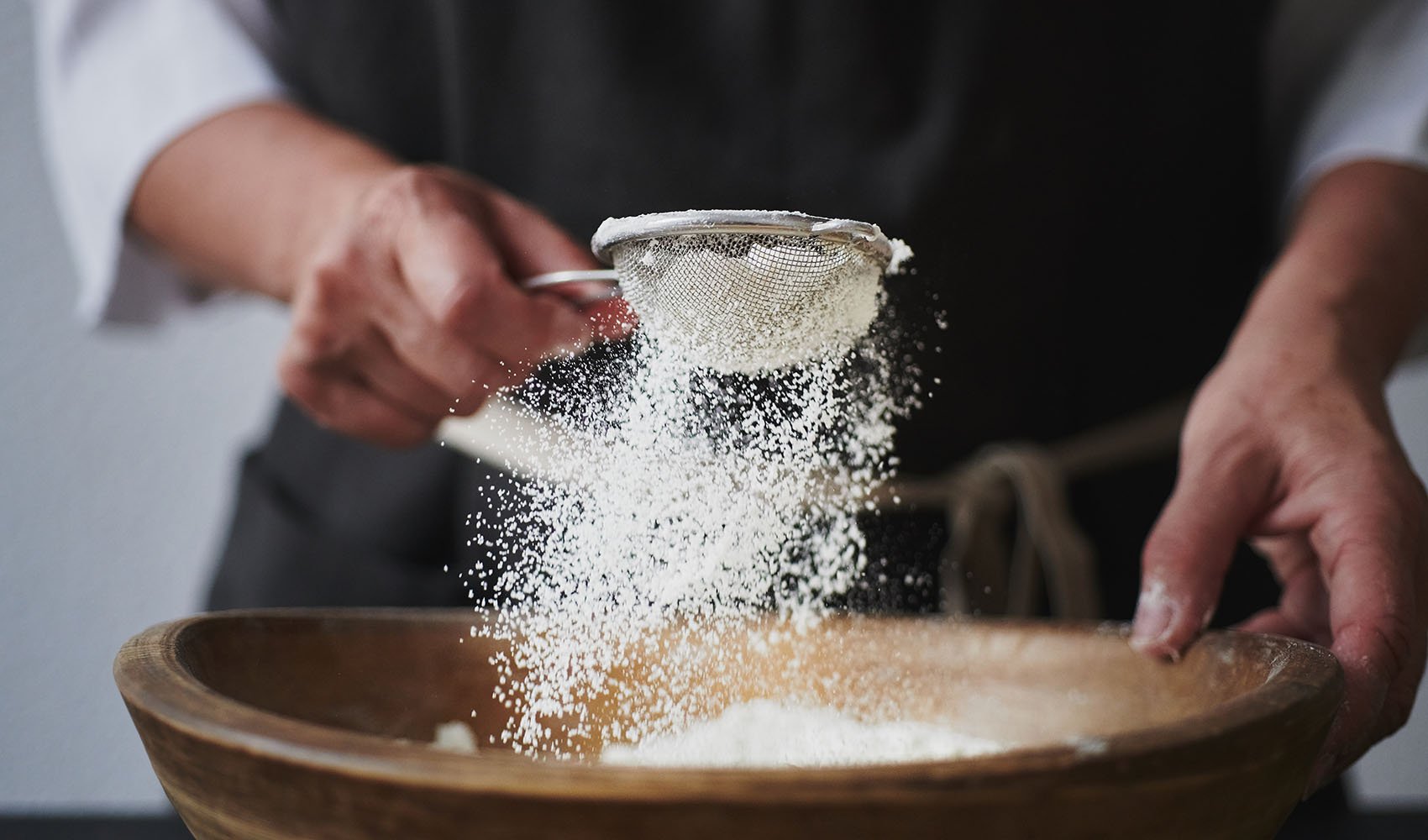
3. Make All-Purpose Flour at Home: Sift Once
Use the finest mesh sieve you can find, especially if your ‘grinder’ isn’t professional. Sift your flour in small portions for better result and put the flour and bran in two separate bowls.
Then, sift the bran once more to get what little flour escaped you the first time.
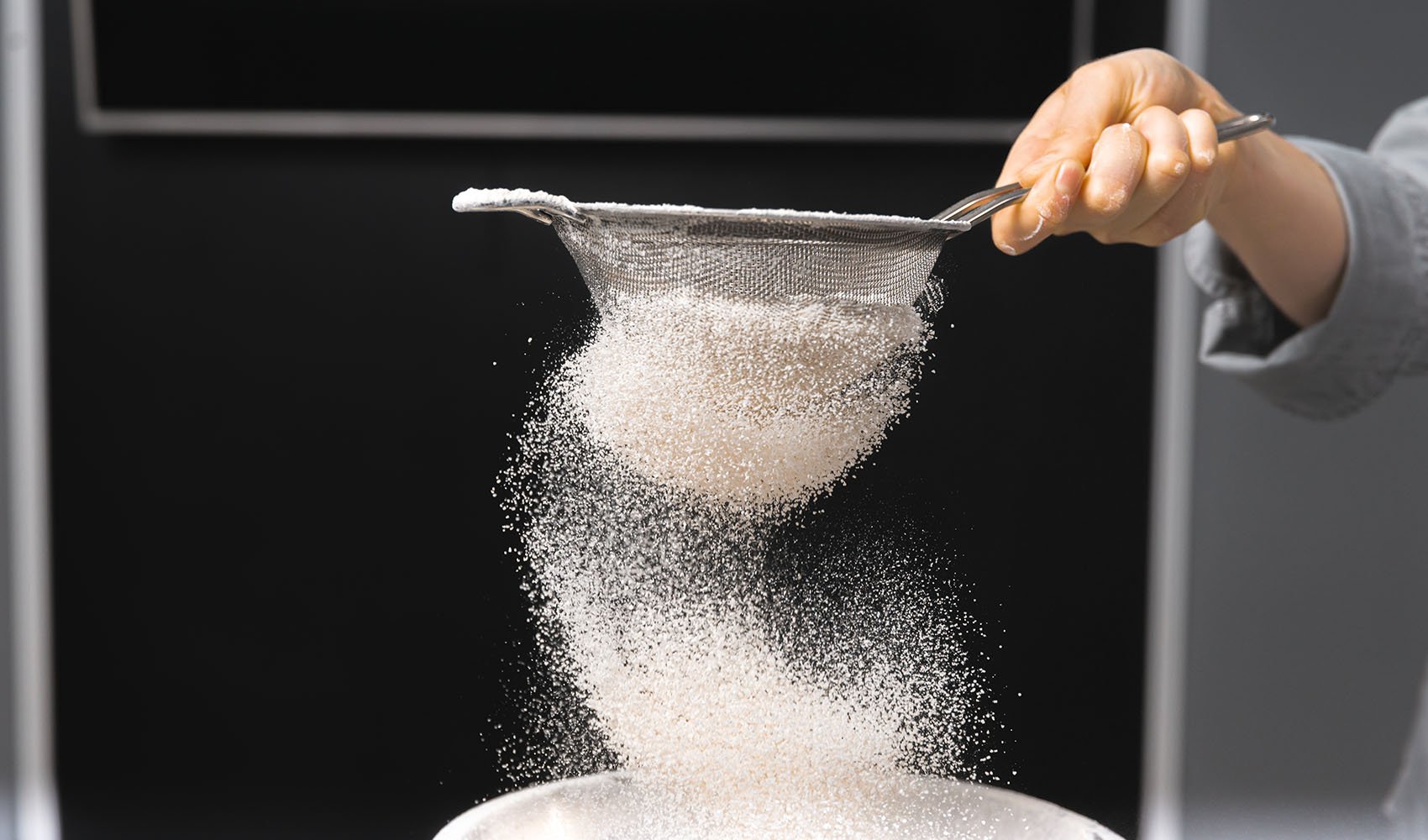
4. Make All-Purpose Flour at Home: Sift Twice
Now take your flour and sift it again removing more tiny particles of bran. Remember that the more of it the flour has, the ‘harder’ your baked goods will be. Therefore, if you will use this product for baking bread you don’t have to worry at all.
However, if you want to make soft and fluffy pastries or cakes, you might need to sift a third time as well. In fact, if your grinder isn’t very fine, your homemade flour will be unfit for these recipes. But it will go well in any other culinary application.

